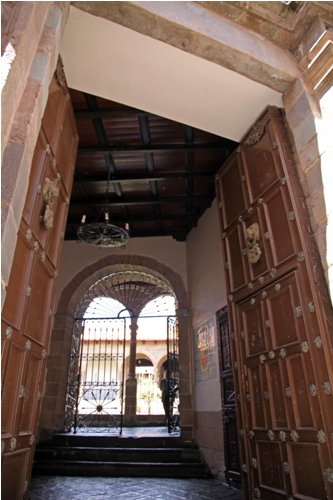Cocina novoandina por Gastón Asturio
 Tuesday, October 4, 2011 at 10:46PM
Tuesday, October 4, 2011 at 10:46PM "Dilema del cocinero: El poeta triste, escribe poemas y te hace llorar. El pintor triste pinta cuadros y te logra emocionar. El musico triste compone canciones y te hace cantar. Al cocinero triste, le está prohibido cocinar."
Cooks dilemma: the sad poet writes poems and makes you cry. The sad painter paints pictures and moves you emotionally. The sad musician composes songs and makes you sing. The cook is sad, he is forbidden to cook.
Words of wisdom from Gastón Acurio, celebrity chef and ambassador of Peruvian cuisine. He may even be South America’s most famous chef, and thankfully for us, he is not often sad. God forbid this man be banished from the kitchen.
 Vix |
Vix |  6 Comments |
6 Comments | 
